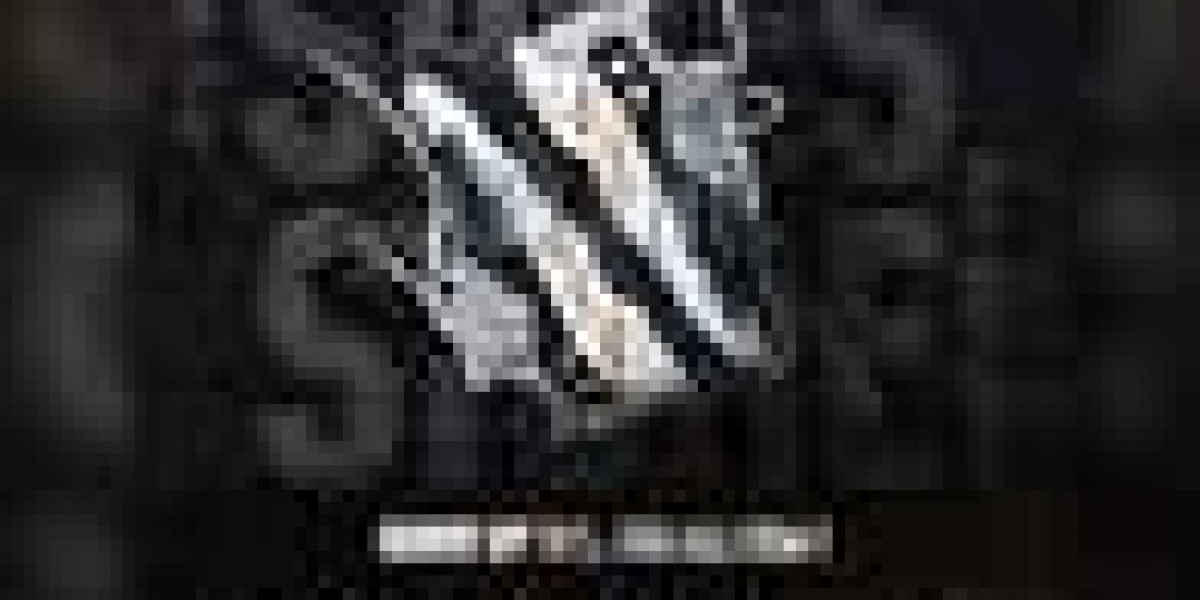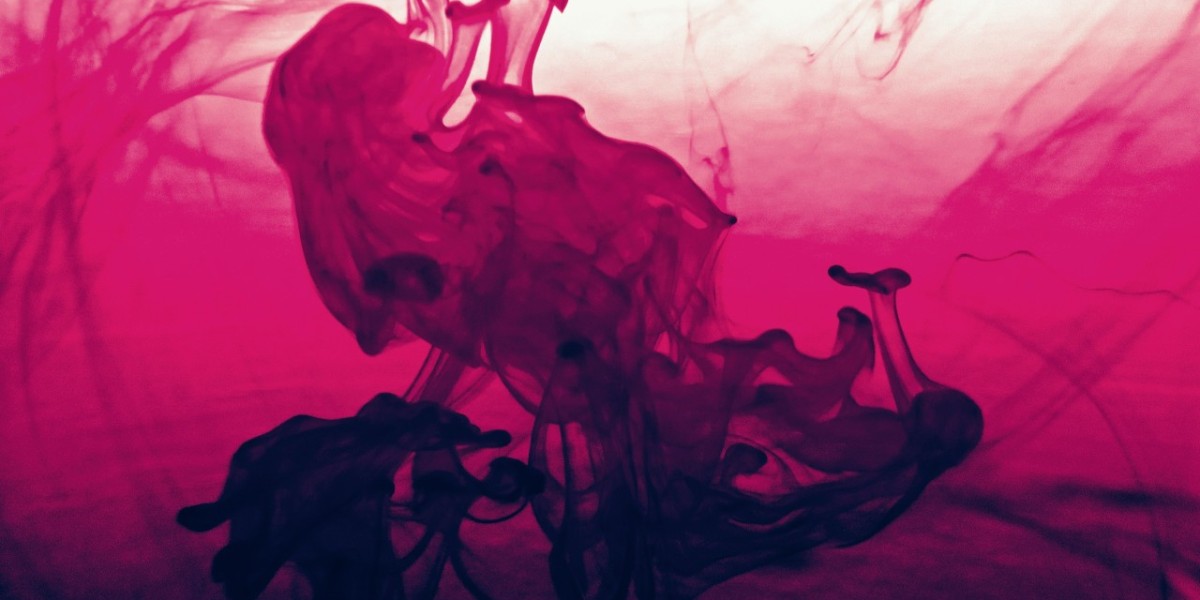Introduction:
The year 1963 will forever be etched in the collective memory of Americans as a time of profound grief and shock. On November 22, 1963, the nation was rocked by a tragic event that would leave an indelible mark on its history—the assassination of President John F. Kennedy. As the motorcade snaked through the streets of Dallas, Texas, jubilant crowds lined the route, anticipating the chance to catch a glimpse of their charismatic leader. However, their joy quickly turned to horror as the unthinkable unfolded, forever changing the course of American politics.
Description:
On that fateful Friday afternoon, President John F. Kennedy, accompanied by his wife, First Lady Jacqueline Kennedy, and Texas Governor John Connally, embarked on a motorcade through downtown Dallas. The atmosphere was electric, with throngs of enthusiastic supporters waving American flags and shouting words of adoration. It seemed like a picture-perfect day, filled with hope and promise for the future.
As the President's open-top limousine rolled down Elm Street, passing the Texas School Book Depository, shots rang out, shattering the tranquility. Chaos erupted as the crowd, initially unsure of what was happening, caught sight of the unimaginable—a gravely wounded President slumped over in the backseat of the car, while the First Lady, in a state of disbelief, cradled her husband's head in her lap. Panic spread like wildfire, as people scrambled to flee the scene or seek cover.
Within minutes, the streets surrounding Dealey Plaza were flooded with law enforcement officials and Secret Service agents, desperately trying to unravel the shocking events that had just unfolded. A frantic search for the assailant ensued, leading to the discovery of a rifle and a window on the sixth floor of the Texas School Book Depository.
As the news of the President's assassination reverberated across the nation, grief-stricken Americans struggled to comprehend the magnitude of the loss. Television networks interrupted programming as anchors tearfully broke the devastating news to a shocked and desolate public. From coast to coast, citizens came together in a shared sense of sorrow, mourning the untimely death of a leader who had inspired and captivated the nation.
In the aftermath of this tragedy, a joint investigation by the FBI, Secret Service, and Dallas Police Department quickly identified Lee Harvey Oswald as the primary suspect. However, before he could stand trial for his alleged involvement, Oswald himself was fatally shot by Jack Ruby, a nightclub owner, while in police custody. This abrupt turn of events only deepened the mystery and planted seeds of doubt and conspiracy theories that continue to linger decades later.
Conclusion:
The assassination of President John F. Kennedy in 1963 forever altered the political landscape of the United States. It marked the end of an era defined by hope and idealism, leaving a void that would take years to mend. The shockwaves of that tragic day continue to resonate, reminding us of the fragility of leadership, the cost of progress, and the ever-lingering questions that surround one of the most tragic events in American history.








